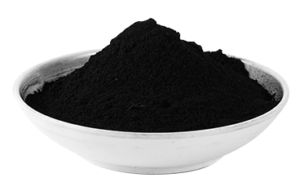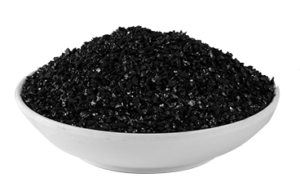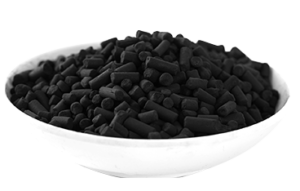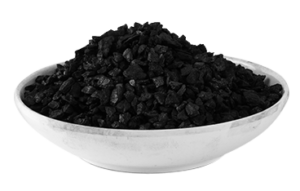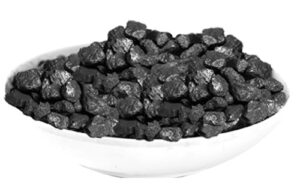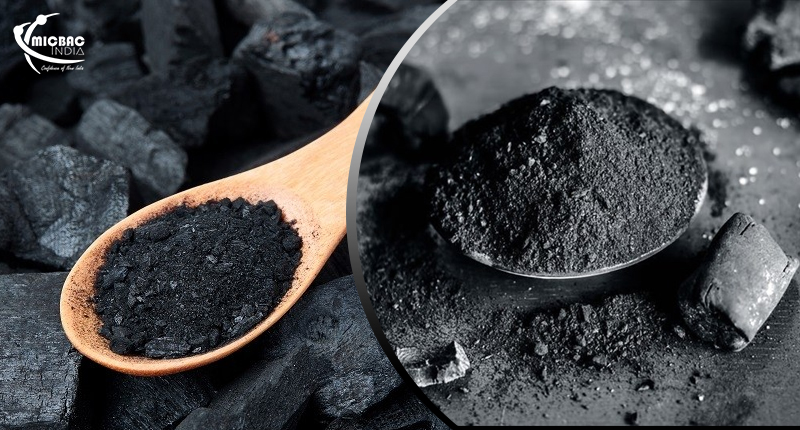Activated carbon is a very absorptive, highly porous and carbonaceous medium which has a complex structure and is mainly made up of carbon atoms. In activated carbons, there is a network of pores that are channels developed in a firm structure of carbon atoms in disorganized layers. These are joined with each other by chemical bonds that are stacked in an irregular fashion, and can develop a very porous structure of crevices, cracks, nooks and crannies between the layers of carbon. Know about the various kinds of natural resources that activated carbon can be obtained from.
Wood
A non-graphite form of carbon, Activated carbon can be produced when any carbonaceous material gets activated – be it paddy husk, lignite, coal, sawdust, wood chips, bamboo or coconut shells. Activated carbon that is obtained from wood is a type of carbon that is processed in order to be riddled with low-volume and small sized pores which increase the surface area that is present for chemical reactions or for adsorption.
Coconut Shell
An amorphous from of carbon, Activated carbon has been treated for the production of well-developed pore structure that leads to an extremely large internal surface area. Activated carbon from coconut shells is able to absorb dispersed or dissolved materials from liquid phase and vapors and gases from a gaseous phase. Activated carbon may be used also for purifying water and air, electrode production and sugar refining purposes.
Rice Husk and Saw Dust
Carbon is possibly the element that is distributed most widely in nature. Activated carbon that is obtained from rice husk is used for wide purposes. In India, there is major scope for activated carbon manufacturing from rice husk. It is used most often for purifying solutions, like cleaning up corn sugar, beet and crane solution as well as for removing odors and taste from water, pharmaceuticals, chemicals, alcoholic beverages, oils, animal fats, vegetable etc.
Bamboo
Activated carbon that is obtained from bamboo is micro crystalline in form, and happens to be a non-graphite type of carbon. In various industries, it is used extensively, and is found to absorb color or odor very well. Bamboo is one of the top raw materials that activated carbon is often sourced from, in countries like India. The activated carbon that is produced in this way is used in India in a wide range of industries and for various purposes – such as for the manufacturing of electro chemicals, synthetic rayons, pharmaceuticals, chemicals, sugar, glucose etc. It is used for water treatment and for the extraction of solvent and Vanaspati.

